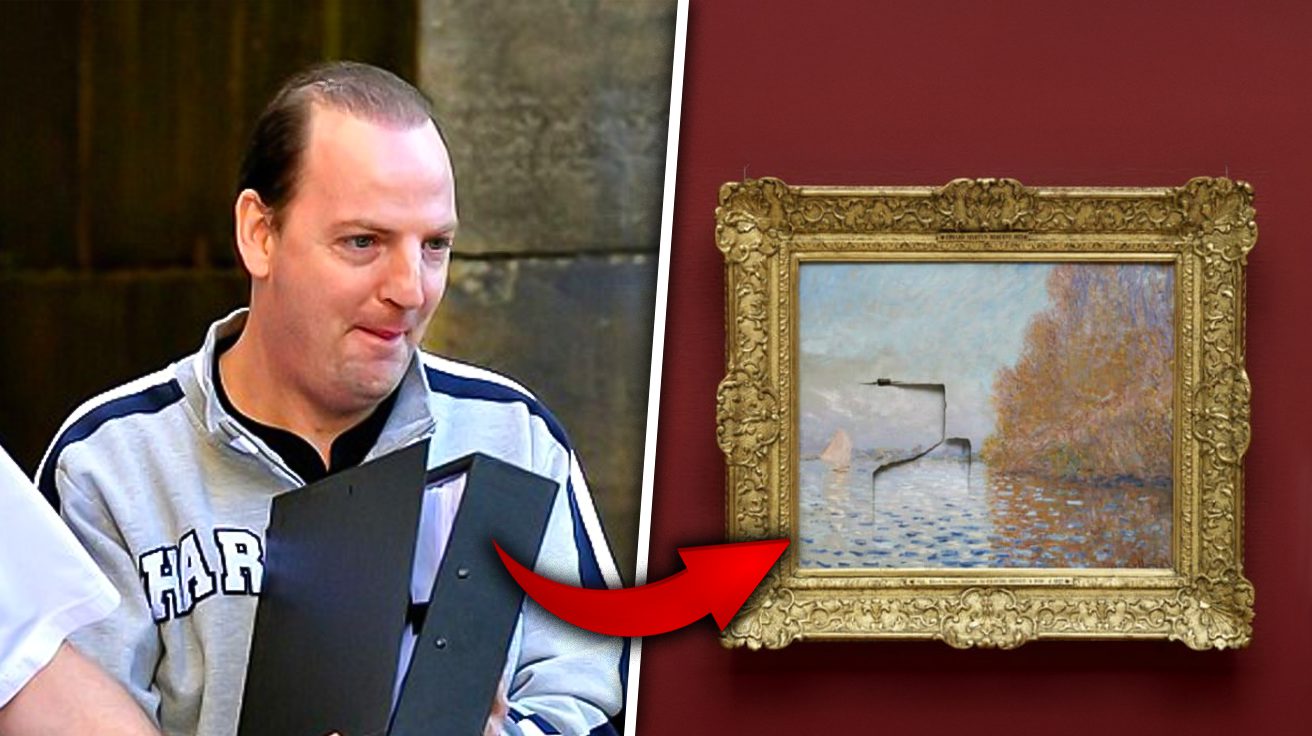The collision of valuable objects and human error creates financial disasters that fascinate and horrify us. From Renaissance masterpieces damaged by thoughtless actions to luxury cars crushed in avoidable accidents, these incidents reveal the fragility of wealth when placed in the wrong hands at the wrong moment.
Each story below demonstrates how decades of value and cultural significance can vanish in seconds.
10. Claude Monet’s ‘Argenteuil Basin with a Single Sailboat’

Andrew Shannon delivered the art world equivalent of a sucker punch in 2012 when he punched through Claude Monet’s ‘Argenteuil Basin with a Single Sailboat’ at Dublin’s National Gallery. The $12.6 million masterpiece suffered damage that makes most car wrecks look like minor fender benders. Shannon’s right hook permanently destroyed 7% of the canvas—a percentage small enough to sound fixable but large enough to make art conservators weep.
His five-year prison sentence provided ample time to contemplate art appreciation from a less physical perspective. Museums worldwide responded with protection systems that would make the painting equivalent of helicopter parents, placing impressionist works behind specialized glazing that preserves color perception while stopping future aspiring art boxers. Security staff now eye visitors’ clenched fists with the suspicion normally reserved for people wearing overcoats to jewelry stores in summer.
9. Japanese Supercar Pileup
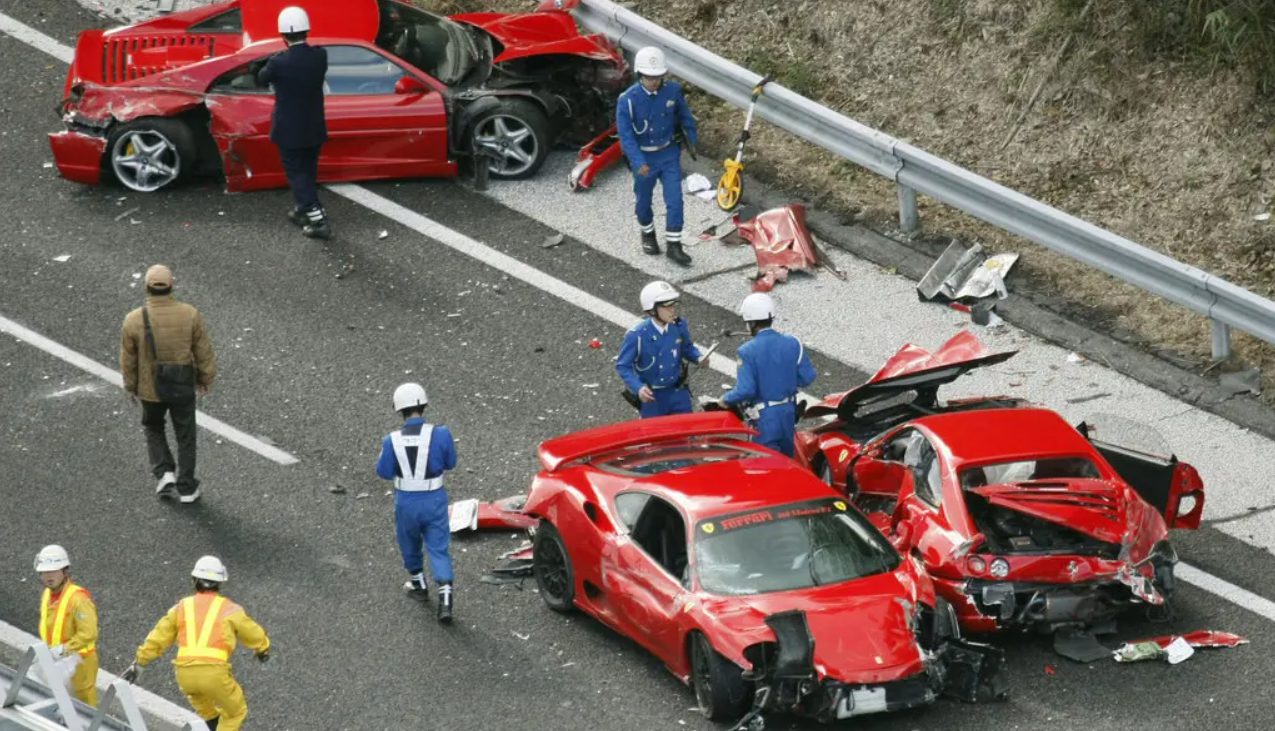
A convoy of luxury supercars turned into very expensive accordions during a 2012 pileup on Japan’s Chugoku Expressway. Eight Ferraris, one Lamborghini, and one Mercedes—worth nearly $4 million combined—crumpled like designer soda cans when one driver lost control on wet pavement while pushing 90 mph. The chain reaction crash played out like the world’s most expensive game of dominoes.
Police charged ten drivers with various traffic violations, creating paperwork nightmares that likely required dedicated filing cabinets. Insurance adjusters probably needed therapy after processing the claims. The incident led to stricter enforcement on Japanese expressways and special attention to luxury car convoys, which now receive the kind of aerial monitoring typically reserved for presidential motorcades.
8. Fontana della Barcaccia
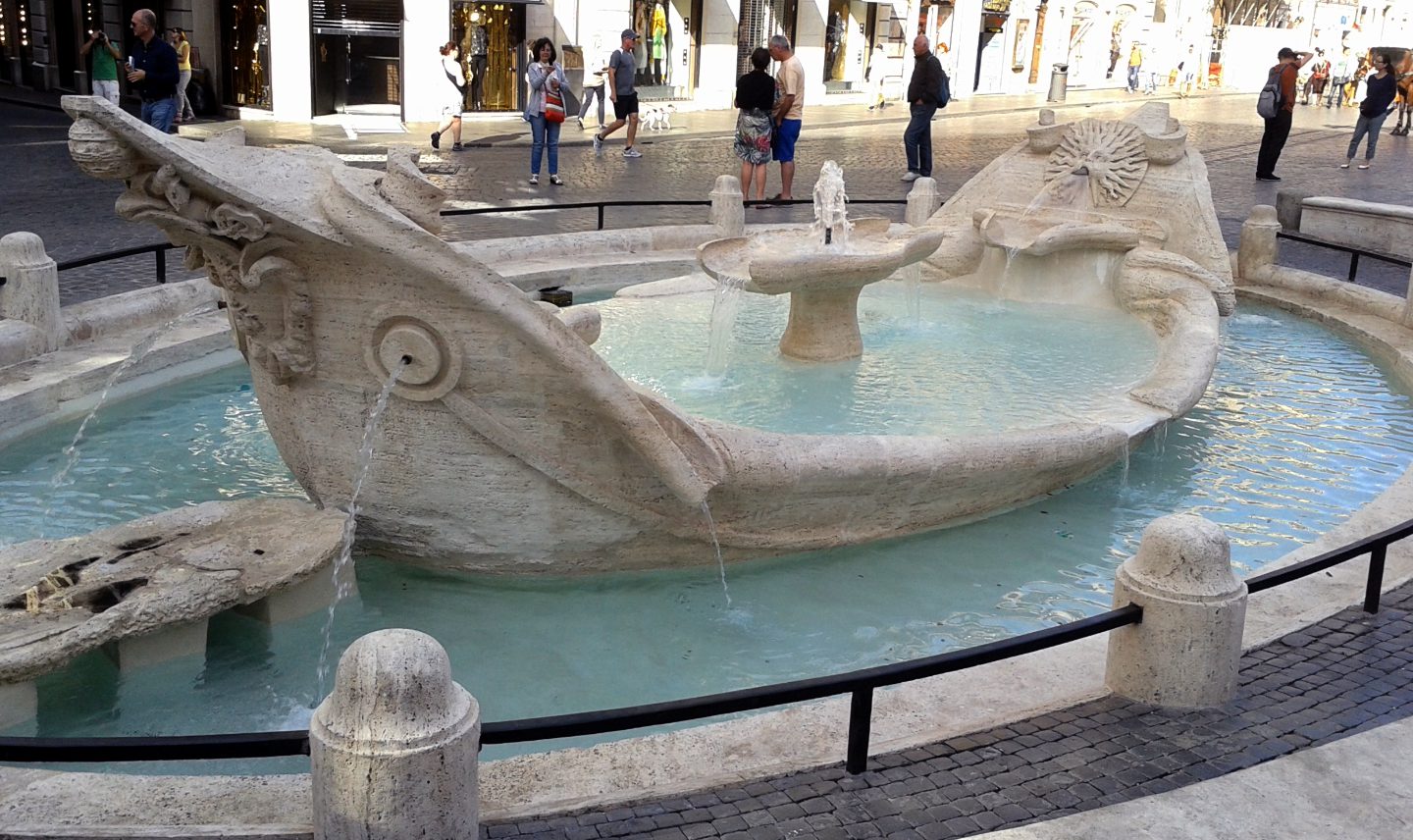
Dutch football fans transformed from sports enthusiasts to vandals in 2015 when they treated Rome’s 17th-century Fontana della Barcaccia like a post-game locker room. The Baroque masterpiece, which had peacefully survived wars and pollution since 1629, couldn’t withstand a Europa League match. The damage totaled a jaw-dropping $6.4 million—roughly equivalent to buying every player on some professional teams.
Six fans received prison sentences ranging from three to four years, possibly making them the most harshly punished sports hooligans in modern history. The incident soured Dutch-Italian relations more effectively than a debate about proper pizza toppings. It also prompted European cities to create designated “fan zones” that keep rowdy supporters farther from historic treasures than teenagers from their parents’ liquor cabinet.
7. Zootopia Lego Statue

Artist Mr. Zhao Xiaoan spent three days assembling thousands of Lego bricksto create Zootopia’s Nick Wilde statue. While initial reports valued the creation at $115,000, more reliable sources like ABC News placed its worth closer to $20,000, a hefty price tag for what became a pile of plastic bricks. His creation lasted one hour in public before a 4-year-old bulldozed through the minimal security barriers like a tiny wrecking ball.
The incident at the Ningbo shopping mall sparked heated debates about parental supervision and exhibit design. Zhao declined compensation, cementing his status as perhaps the most understanding artist in history. Meanwhile, every museum curator watching the viral video collectively developed a new eye twitch, and Lego displays worldwide suddenly found themselves behind fortress-like barriers that would make maximum-security prisons look welcoming.
6. Cy Twombly’s ‘Phaedrus’

A woman planted an unwanted kiss on Cy Twombly’s white canvas ‘Phaedrus’ in 2007, leaving a lipstick mark on the $2.8 million artwork. While initial reports suggested removal costs of $8,840, Vernelle Studio later reported the restoration expenses at approximately $2,266—still an expensive smooch by any standard. Her claim that the act constituted artistic expression held about as much weight as calling a fender bender “automotive performance art.”
The incident sparked debates about art interaction that divided critics faster than a new Taylor Swift album splits fans. Museums responded by increasing the minimum viewing distance for contemporary art, ensuring visitors now stand so far from unglazed works they might as well be appreciating them through binoculars. Security guards worldwide now watch for visitors applying suspiciously bright lipstick with the intensity of TSA agents scanning for contraband.
5. Château du Bû

Imagine returning home to find your 18th-century French château—not your garden shed—demolished to foundation level. This nightmare became reality for Russian millionaire Dimitri Strosin when workers bulldozed his historic château after confusing it with a smaller structure slated for removal. The mix-up plays like a deleted scene from National Lampoon’s European Vacation but with significantly higher property values.
The demolition triggered legal battles that made divorce proceedings look amicable by comparison. French municipalities subsequently implemented verification systems requiring multiple sign-offs before razing anything built before World War II. Construction teams now triple-check addresses with the paranoia of someone making sure they’re not sending an embarrassing text to their boss.
4. 1788 Clos Vieux Cognac

A guest at London’s Playboy Club fumbled a bottle of 1788 Clos Vieux Cognac worth $77,000 during bartender Salvator Calabrese’s attempt to mix the world’s most expensive cocktail. The alcohol hit the floor with the sound of liquid history evaporating—along with any hope of breaking the Guinness World Record for “Most Financially Irresponsible Beverage.”
The uninsured spirit was old enough to have witnessed the French Revolution, yet couldn’t survive one night at a modern club. Calabrese later created a consolation cocktail valued at a mere $8,800, the mixology equivalent of settling for fast food after your dinner reservations fall through. Collectors now display rare spirits in custom cases with more security features than the average smartphone, and “look but don’t touch” has become the standard alcohol appreciation protocol.
3. Anna Leporskaya’s ‘Three Figures’

A bored security guard decided that avant-garde artist Anna Leporskaya’s faceless figures needed eyes during his first shift at Russia’s Boris Yeltsin Presidential Center in 2021. Armed with nothing but a ballpoint pen and stunning overconfidence, he permanently altered a $1.2 million masterpiece faster than most people modify their dating app profiles.
His artistic career ended abruptly with 180 hours of community service and a psychiatric evaluation that likely included the question: “What made you think this was a good idea?” Museum security training programs worldwide now include a previously unnecessary section titled “Please Don’t Draw on the Art,” filed under “Things We Shouldn’t Have to Tell You But Apparently Do.”
2. Lucian Freud Painting
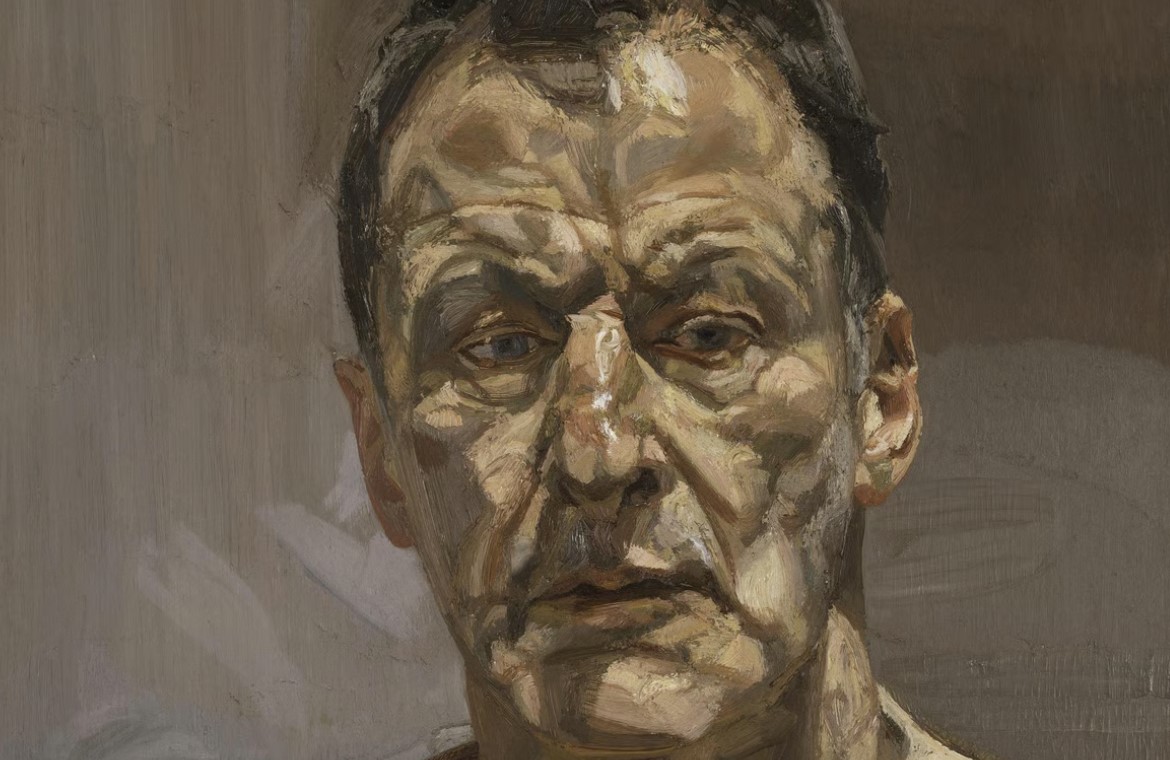
Warehouse workers at Sotheby’s London accidentally played a $156,000 game of trash basketball in 2000 when they tossed a crate containing Lucien Freud’s untitled plant painting into the garbage. The mistake ranks somewhere between “reply all” email disasters and texting an ex at 2 AM on the scale of workplace blunders, except this one came with a six-figure price tag.
The incident burned through the art world faster than wildfire through a California summer. In response, auction houses worldwide implemented tracking systems that would make Amazon warehouse managers jealous. Sotheby’s porters somehow kept their jobs, proving that even elite institutions sometimes follow the “no harm, no foul” policy despite catastrophic fouls.
1. Picasso’s ‘Le Rêve’
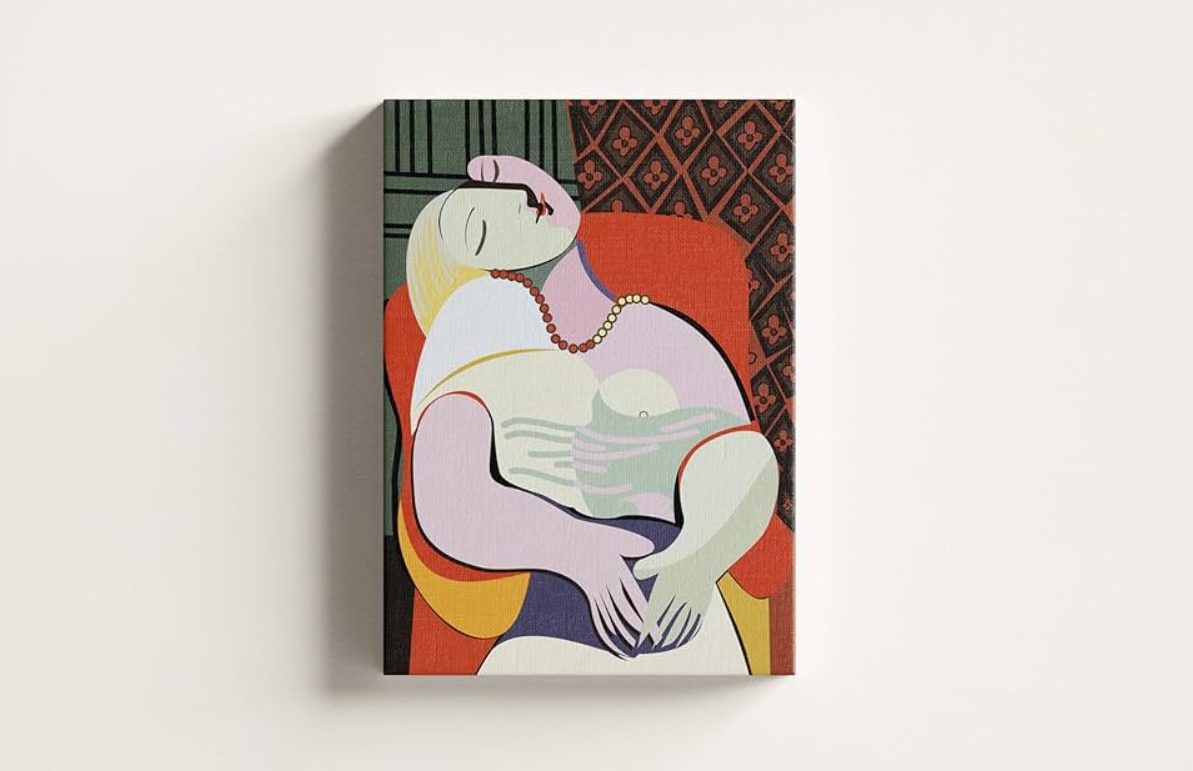
Casino mogul Steve Wynn turned a sure bet into a costly gamble in 2006 when he accidentally jabbed his elbow through Picasso’s masterpiece ‘Le Rêve’. Like a plot twist straight out of Ocean’s Eleven, Wynn was just 24 hours away from closing a $139 million sale when his gesture punctured the canvas, sending the painting’s value plummeting to $85 million faster than chips disappear at his roulette tables.
The $90,000 repair job couldn’t fully heal this artistic wound, but the story has a twist ending. Hedge fund manager Steven Cohen eventually bought the damaged goods for $155 million in 2013, proving that in the art world, even scars have value. Museums worldwide now enforce strict “no gesturing” zones around masterpieces, a policy that would make Italian conversationalists weep.

